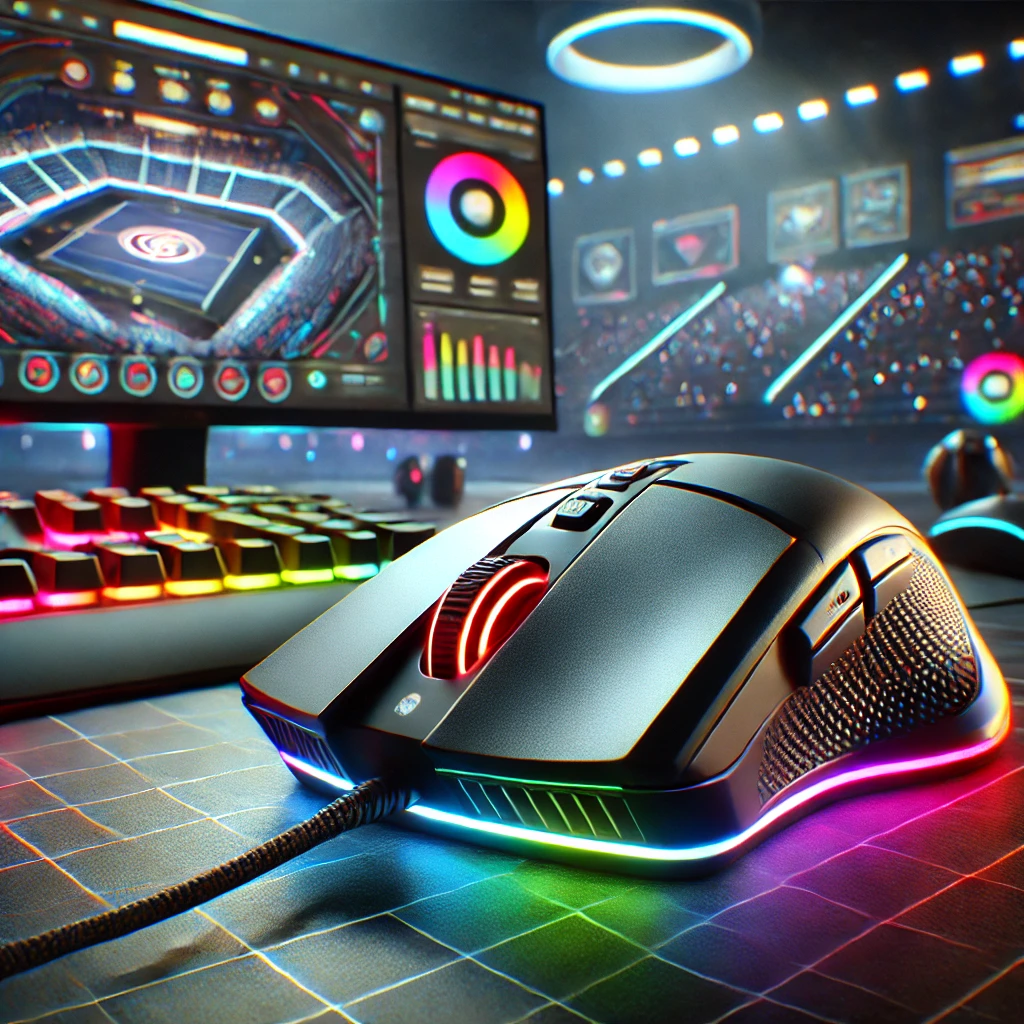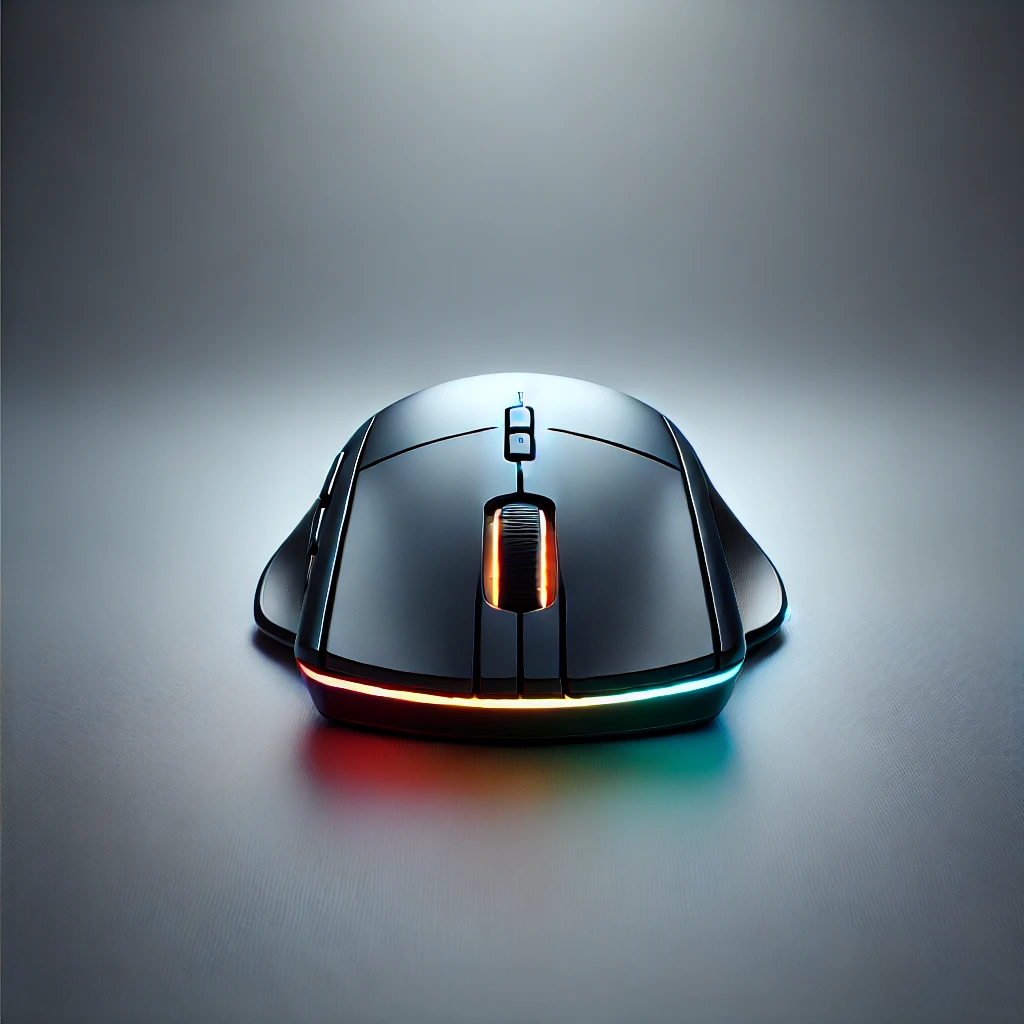The gaming mouse has evolved significantly from its humble beginnings as a simple input device. Today, it’s an essential tool for gamers, offering precision, speed, and customisation that can greatly enhance gameplay. This article takes you through the evolution of gaming mice, highlighting key technological advancements and how they’ve impacted the gaming experience.
1. The Early Days: From Mechanical to Optical Technology
In the early days of computing, mice were used for basic navigation. The first computer mice, introduced in the 1960s, employed mechanical tracking systems and had limited precision.
- Mechanical Mice: Early gaming mice used a ball mechanism to detect movement. While functional, they were prone to inaccuracies, especially in fast-paced games, and required regular maintenance such as cleaning the ball and sensors.
- Optical Sensors: The introduction of optical sensors in the late 1990s transformed the gaming mouse. These sensors used LED lights for tracking movement, offering improved accuracy and eliminating the need for frequent cleaning. This advancement provided gamers with a more reliable tool for fast, precise gameplay.
2. The Rise of DPI and Sensitivity
As gaming genres expanded, so did the need for more refined control. The introduction of DPI (Dots Per Inch) settings allowed players to adjust mouse sensitivity, adapting to different gaming environments.
- DPI Customisation: High-DPI gaming mice enabled players to switch between sensitivity settings quickly, offering the flexibility needed for different gameplay scenarios. For instance, a high DPI is useful for quick movement across a large game environment, while a lower DPI provides more precise control in first-person shooters.
- Variable DPI Settings: Modern gaming mice allow for on-the-fly adjustments through dedicated buttons or software, helping players tailor the sensitivity to their preferences and gameplay style.
3. Wireless Technology: No Longer a Compromise
Historically, gamers avoided wireless mice due to latency issues. However, advances in wireless technology have addressed these concerns, making wireless mice a viable option for competitive gaming.
- Low-Latency Wireless: Modern wireless gaming mice feature low-latency technology, ensuring performance that rivals wired devices. This improvement has eliminated concerns about lag, making wireless mice a solid choice for serious gamers.
- Comfort and Convenience: Wireless mice provide gamers with more freedom of movement and a clutter-free setup, which is especially beneficial during long gaming sessions.
4. Customisation and Macros: Mastering Control
Modern gaming mice come with a range of customisation options that help enhance gameplay, allowing players to assign specific functions or actions to additional buttons.
- Programmable Buttons: Many gaming mice offer extra buttons that can be programmed for specific in-game commands, providing players with a competitive edge, especially in genres like MOBAs or MMORPGs.
- Macros: Macros enable users to execute a series of actions with a single button press, improving efficiency in games that require complex combinations of commands.
5. Ergonomics and Design: Comfort is Key
As gaming sessions get longer, the importance of ergonomic design becomes evident. Modern gaming mice are designed with player comfort in mind, reducing strain during extended use.
- Ergonomic Designs: Manufacturers have developed gaming mice that support different grip styles, such as palm, claw, and fingertip grips. These designs reduce hand fatigue, ensuring that players can perform at their best for longer.
- Weight Customisation: Some gaming mice allow users to adjust the weight to their preference, providing better control and comfort tailored to individual needs.
6. RGB Lighting and Aesthetic Appeal
RGB lighting has become a common feature in gaming mice, providing both aesthetic appeal and functional benefits.
- Visual Customisation: RGB lighting allows players to personalise their gaming mice, aligning them with the rest of their gaming setup. Many mice come with software that lets users create custom lighting patterns.
- Functional Use: Some gaming mice use RGB lighting to indicate different DPI settings or game profiles, offering a quick visual cue that can be useful during gameplay.
7. The Future of Gaming Mice: Trends and Innovations
The evolution of gaming mice is far from over, with several trends likely to shape their future.
- AI-Enhanced Features: The integration of artificial intelligence could lead to gaming mice that automatically adjust settings based on gameplay patterns, offering even greater precision and customisation.
- Sustainable Materials: As environmental concerns rise, future gaming mice may be made from eco-friendly or recycled materials, appealing to eco-conscious gamers.
- VR Integration: With virtual reality (VR) gaming on the rise, future gaming mice could include new input methods specifically designed to interact with VR environments, offering an even more immersive experience.
8. Conclusion: The Journey of Gaming Mice
The evolution of the gaming mouse, from a basic input device to a highly specialised tool, mirrors the growth of the gaming industry itself. With advancements in technology, customisation, and wireless connectivity, gaming mice have become indispensable for both casual players and esports professionals.
As technology continues to evolve, so too will gaming mice, offering new features and innovations that enhance gameplay. Whether you’re a casual gamer or a competitive player, understanding the journey of gaming mice underscores their importance in shaping the future of gaming.




